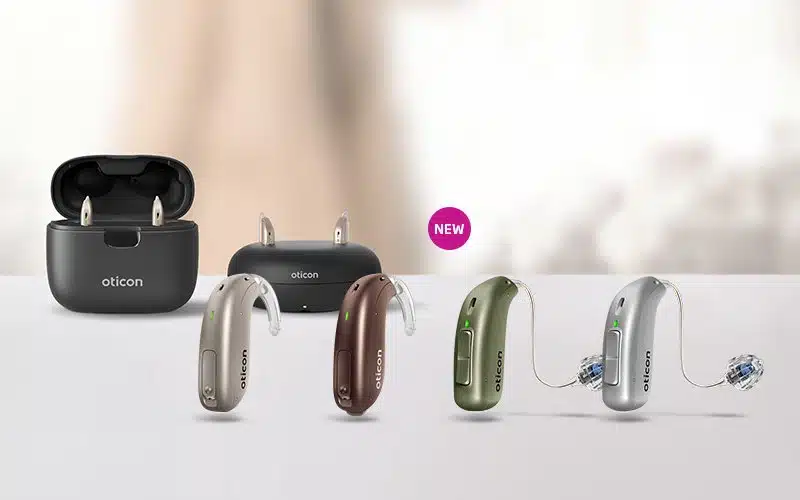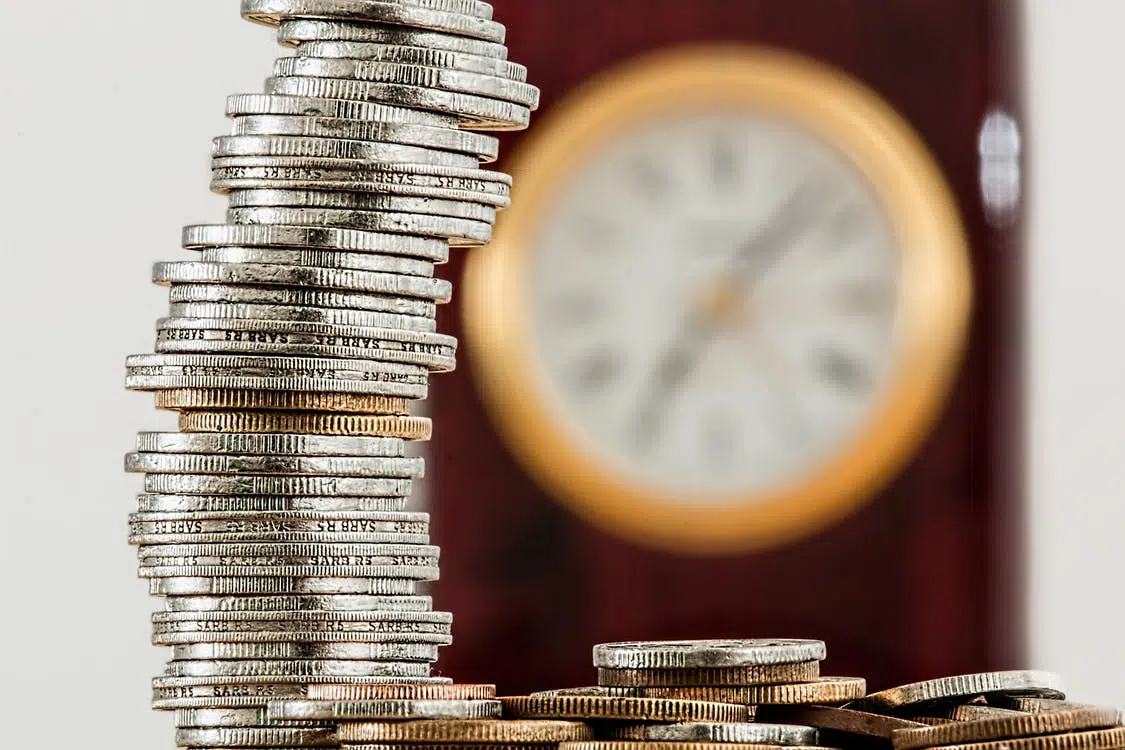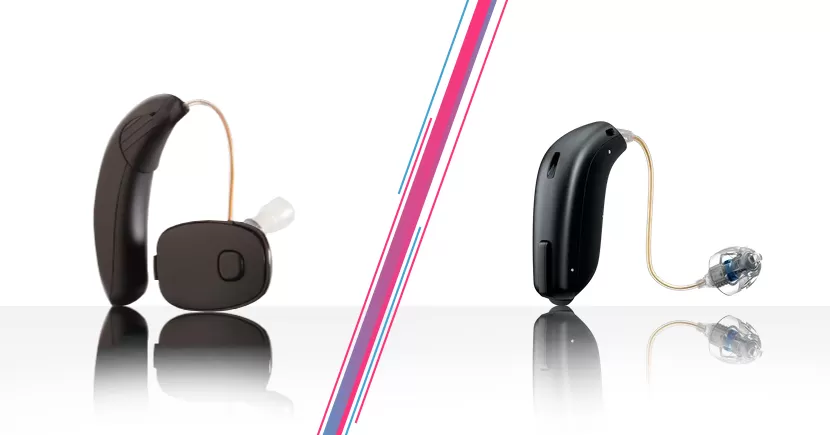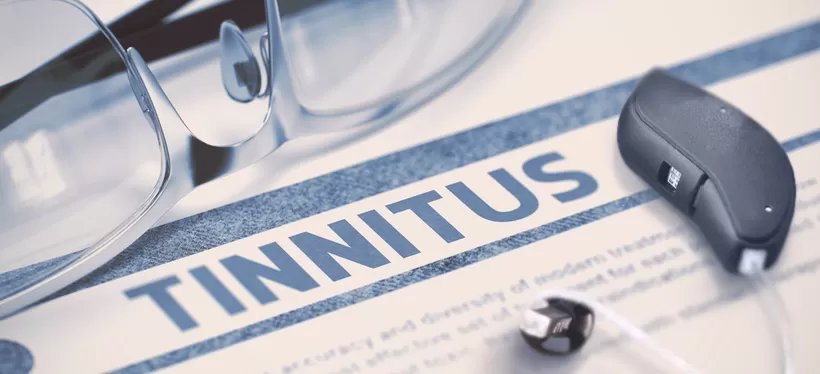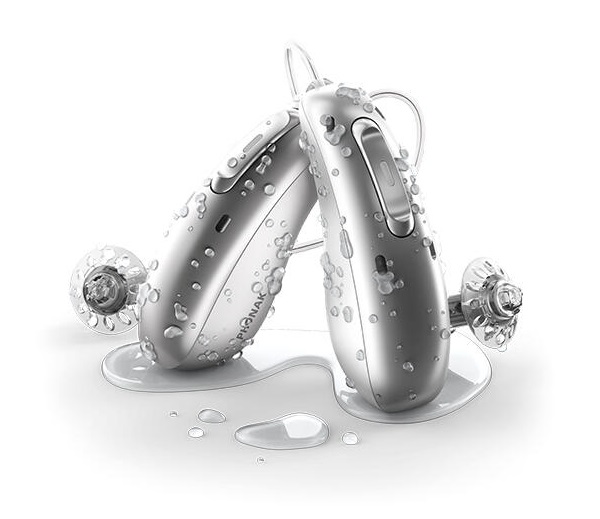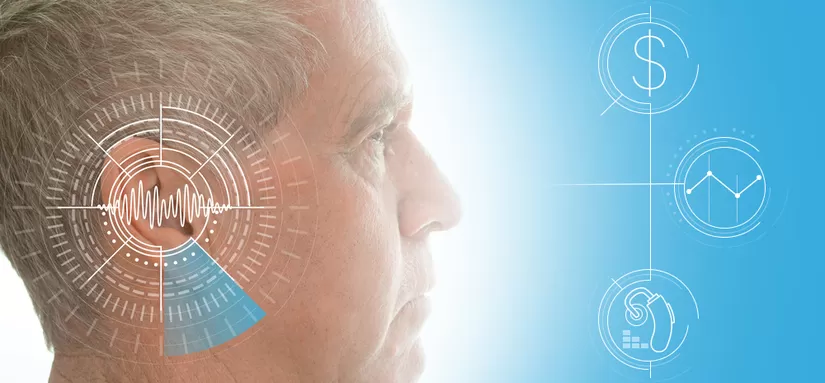Behind-the-ear rechargeable hearing aids
Most people buy this style.
Why?
Lithium-ion batteries are, well, big. They’re not huge, they’re just too big to sit deep down inside the ear canal in an in-the-ear hearing aid.
This behind the ear style hearing aid is large enough to house the rechargeable battery, while still being discreet.
As an added benefit, the larger sizes allow for other features, like Bluetooth, and state-of-the-art background noise reduction.





















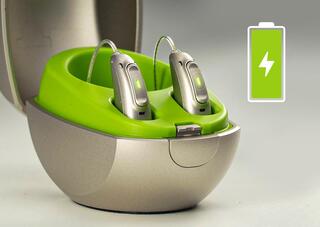

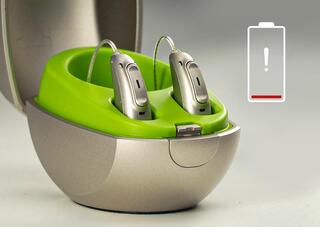










![Rechargeable Hearing Aids [Pros & Cons] Preview for the "Rechargeable Hearing Aids [Pros & Cons] " video](https://cdn.ziphearing.com/dist/dynamic/files/videos/20/thumbnail/version/1/100/thumbnail.jpg)








![Buying Hearing Aids Online [Pros & Cons, Tips] Preview for the "Buying Hearing Aids Online [Pros & Cons, Tips]" video](https://cdn.ziphearing.com/dist/dynamic/files/videos/8/thumbnail/version/1/100/thumbnail.jpg)


